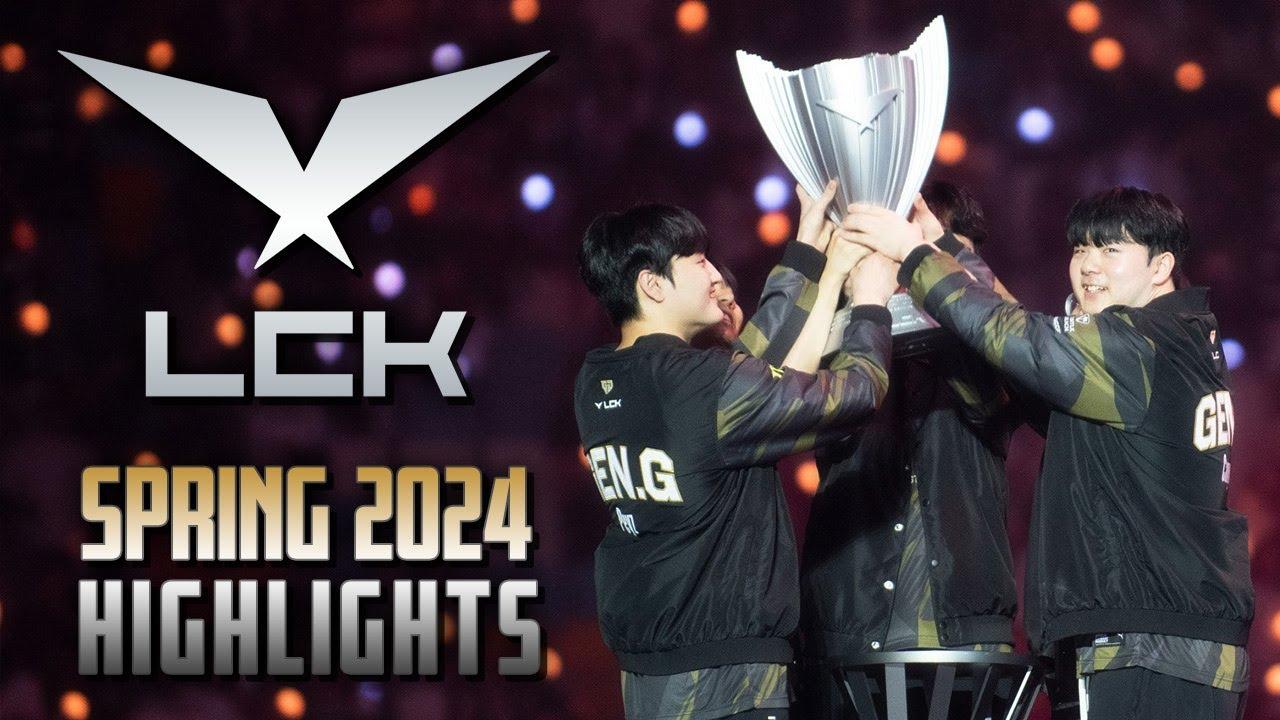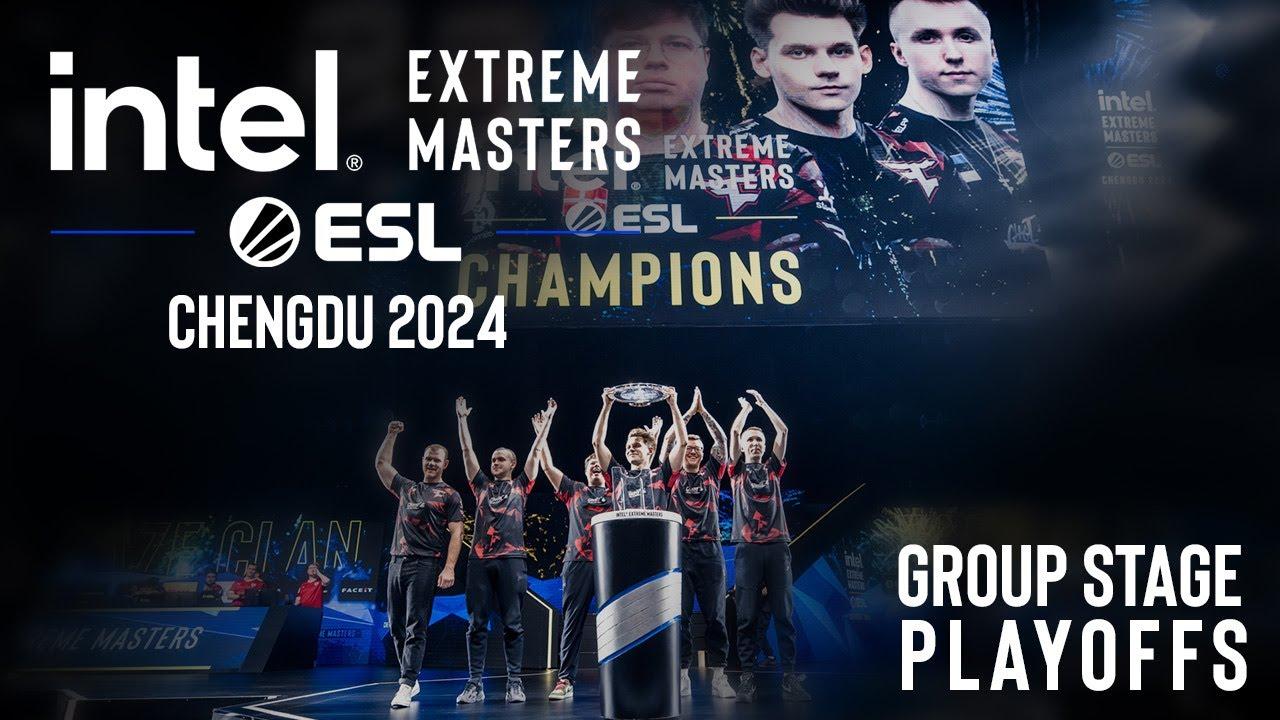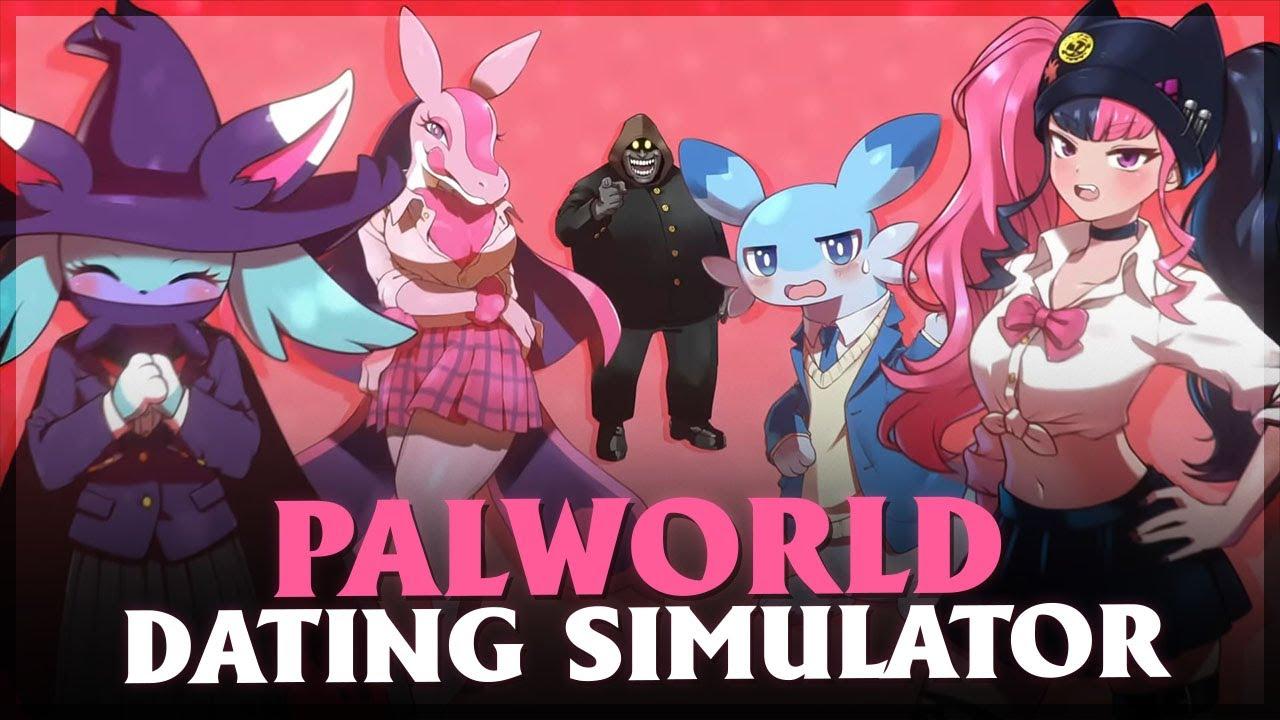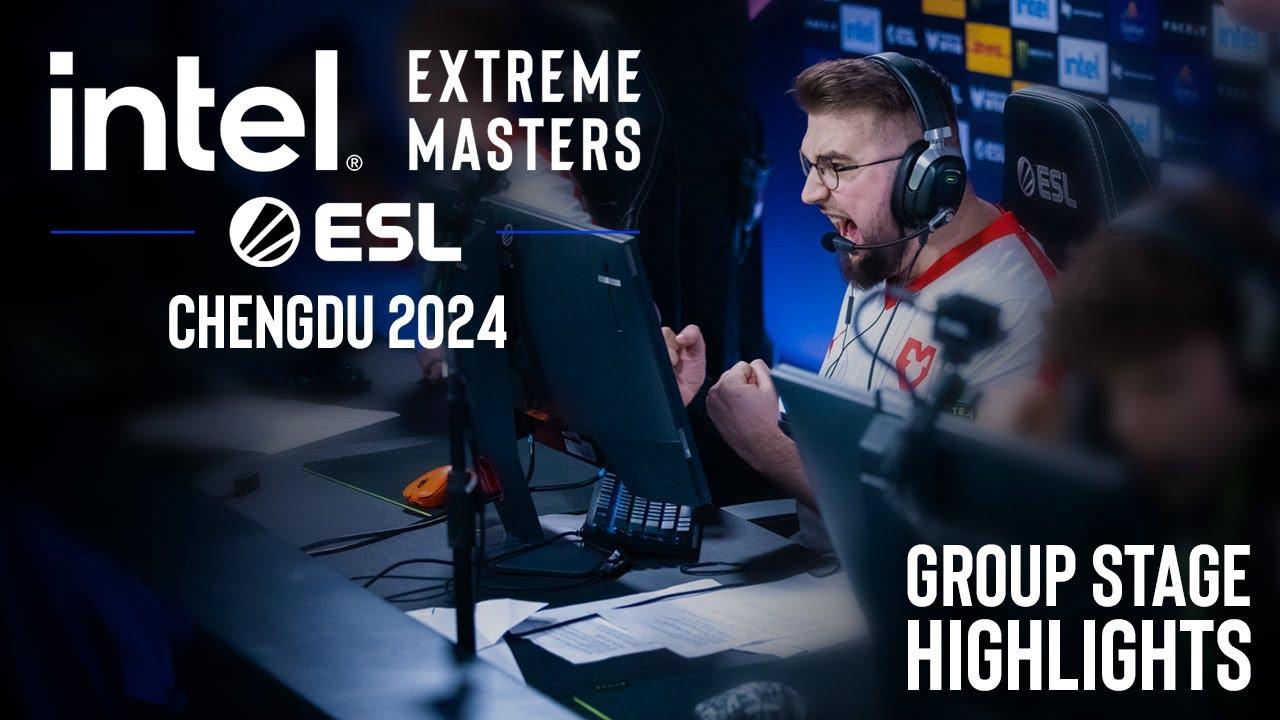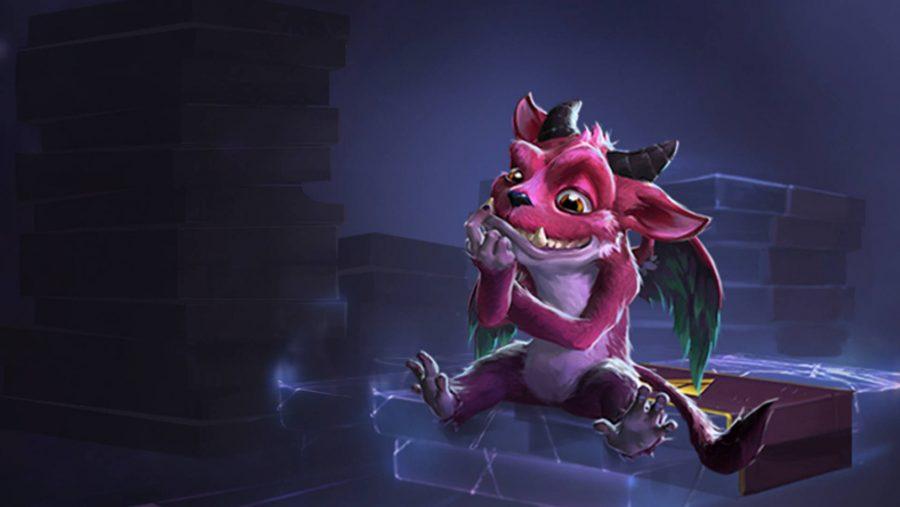
Artifact devs discuss the launch, fate, and future of Artifact
Artifact was supposed to be a slam dunk.
Bringing the collectible card game format to the Steam infrastructure, supported by themes and characters pulled from popular MOBA Dota 2, seemed like an easy win. Valve is known for hitting home runs with its game releases. And with the creator of Magic: The Gathering at the helm, success would seem all but guaranteed
Instead, Artifact has thus far shaken out to be a shocking commercial flop.
While the game was met with generally positive reviews from critics, it didn’t blow up on release as some were expecting. As time went on, an already modest player base dwindled from tens of thousands of concurrent players to just a few hundred. Player unrest was so great that even Valve couldn’t ignore it, flatly acknowledging the game’s struggles in an ominous blog post.
But what has it been like for the developers behind the game? What do they think led to Artifact’s struggles, and where do they see the game going from here?
WIN.GG caught up with Richard Garfield and Skaff Elias to discuss Artifact’s development, its reception, and its potentially murky future.
What do you think of some of the criticism of Artifact? The game received positive reviews from critics, but there were some gripes about it being “pay-to-win.”
Richard Garfield: Pay-to-win is a sloppy term leveled at any game where you can buy components. You will see it leveled at any game in which a player, for whatever reason, doesn’t want to engage. And there are a lot of reasons not to want to engage with a new massively modular game like Artifact, not the least of which is that the player is already probably invested in one or more other games.
To me there are two important parts of pay-to-win.
The first is whether buying something will make you a champion. This is not true for Hearthstone, Magic, or for that matter, golf. It also isn’t true for Artifact. I am an OK player and a mediocre deck constructor in Artifact, and access to all of the cards won’t change that. I might be able to overcome the mediocre deck construction by copying someone else’s deck, but it won’t make me an excellent player. Likewise, I can spend thousands on golf clubs, but it won’t make me a golf champion.
Note that some games where you buy components don’t pass this test – you can effectively buy infinite army units, skill levels, or hit points in some games, making it possible for you to overcome any problem by spending enough money.
The second part of pay-to-win is what the bottom line expenditure is. Top level decks in Magic or Hearthstone generally cost more than top level decks in Artifact. And since there is a market, you can shift around your collection with relative ease.
It is easy to construct games where buying the components is a better deal than all players being forced to buy everything – though some measure of faith has to be put in the publisher.
Skaff Elias: I agree with Richard. “Pay-to-win” isn’t a logical criticism of Artifact relative to other games. “More expensive than I’d like to pay” is, however, possibly fair for a lot of players.
Just because their terminology doesn’t make much sense or their reasoning is flawed doesn’t mean there isn’t some core issue involving the revenue system that they find disagreeable. The key is finding that so you can address it. Finding the signal in the noise falls upon the makers of the game, rather than the customer.
When Artifact launched, how did you feel? Both about finally seeing the game released, and about the initial response from players.
Garfield: I always am trepidatious with a new game release. The game had tested well both internally and externally, but I have found a good game is not guaranteed success.
I had many reactions from people who I knew in the industry that were gratifying – they quickly saw there was something new being offered and had enough faith to learn the game and see where it led them.
Of course, there were also a lot of complaints about the revenue model, which appeared generous to Magic players, but stingy to players who expected free-to-play with grinding for cards.
Elias: I’m with Richard. I always feel nervous because there are so many factors that go into making a good product aside from the gameplay.
You can test the gameplay, but you can’t really test how the revenue model will be taken, how the social structures will form, how media will pick it up, what the fan narrative may be, what your competition is doing, etc.
Launching a game successfully is such a difficult proposition and getting customers to switch games is an extremely daunting task. This is especially true for card games where players have such large sunk costs in money and especially in time. So after four years it was a relief, but of course the response was disappointing.
It seemed like Artifact was initially well received, but the positivity tapered off from there. What was the internal response to the launch, and how did that develop in the weeks that followed as the game began to slow?
Garfield: There was growing worry on the team. My perspective was that there were three problems – the revenue model was poorly received, there weren’t enough community tools and short-term goals in place online like achievements or missions, and, perhaps because of these things, there was a rating bombing that made it hard to get the message out about what the game offered to the player who it was built for.
There were oodles of reviews that were, “This game is great, but because of X I am thumbs downing it.” My understanding is that there were also many cases of people buying the game so they could rate it, then refunding immediately.
Some of the team, however, was worried that they misjudged the play and elements of the play, like the RNG, which had been tested for many years. I have seen many times people project complaints they have about one element of the game onto its gameplay, and I think this was generally the case here.
Elias: I think it goes without saying that people were upset on the team. As the situation got worse, we all felt worse. You can’t be a dedicated professional and not have this stuff stress you.
But everyone kept trying because the game has a lot of potential. People worked really hard at pushing out updates, and I expect they still are.
Were specific plans made for major updates or expansions for Artifact? Any big ideas that didn’t make the final cut for the game?
Garfield: Nothing I can talk about beyond the obvious – we were designing expansions and the system is robust enough to design expansions indefinitely.
When you spoke with Artibuff in March, you said that you’ve still been working alongside Valve. Are you in contact now with the Artifact team?
Garfield: We are not currently in contact with the Artifact team.
There was a long period of silence across all channels for Artifact. That was followed by a public blog post acknowledging some of the game’s issues to date. The post was vague, but hinted at big changes coming to the game. What was your take on that?
Garfield: I have no opinion, since I don’t know what they are planning.
Since the game was playtested for several years and the complaints that are leveled at it rarely involve game design I am guessing the changes will be to the revenue model or new modes of play. But I believe they internally have tried lots of experiments, so who knows where that will lead them.
Stepping back a bit, what are some of the differences in creating a digital card game compared to a tabletop board game or physical card game?
Garfield: You can iterate prototypes much faster at the start with paper games. It is one reason we began Artifact with paper prototypes. If you are prototyping something reasonably new, it is expensive to invest in a digital framework without fiddling with it first. Later on you can iterate prototypes more quickly with digital games, at least within a certain range of changes.
There are different flexibilities in both forms of game. With paper games I can come up with any wacky effect and try it immediately. With digital games, it’s easy to change numbers but can get quite difficult if the change requires anything new from the interface. And, of course, digital games allow you to do far greater calculations, or to introduce busy work that would be unacceptable in paper since the computer handles it.
Some restraint along these lines is valuable, however, because going too far down this path can lead players to be confused as to what’s going on and threatens to change their position from someone who is playing the game to someone who is watching a process they don’t understand.
How long was the development process for Artifact? Was it always imagined as a Dota 2 game? Sean “Day[9]” Plott discussed playing it as far back as at The International 2017.
Garfield: I think it was over four years. The project was first pitched by (developer) Three Donkeys as a digital trading card game with some goals and possible ways to achieve those goals. This was exciting to some folks at Valve, and we explored possibilities.
There were many possible themes, including Team Fortress 2, which is a game I adore, and a completely new theme. Dota 2 rose up as a natural choice, as it had a vast amount of material already there and the custodians of the brand were happy with us adding to the world or reinterpreting existing mechanics for the new game.
It was all the upsides of an existing brand without the usual downside of constant negotiations and changes required to keep the brand true to its source.
What do you think the future holds for Artifact?
Garfield: It’s anyone’s guess. I believe it’s a high quality game that offers something very different than what’s already out there. It has more kinship with an RTS than any other TCG, for example.
This could be great for the game if it finds its audience, but “new” is harder to find a place for than “similar.” I think the team has an excellent story, if they can figure out how to share it with the right audience.
For example, it is simply a fact that the revenue model is more generous than Magic, and getting a top level deck is cheaper than in a comparable game. Also, while there are complaints about RNG, it is demonstrable fact that there is much more skill than comparable games, as indicated by the spread of rankings among the players.
Any new projects in the works that you can discuss, whether physical or digital?
Garfield: My professional time has been largely occupied with Keyforge, which is the first unique deck game – that is, each player has their own unique unmodifiable deck. This game form was challenging to design and develop, and we have been helping with its expansion, its organized play, and a digital version that will be out, with any luck, sooner than later.
Elias: Keyforge is exciting to work on. It has a lot of interesting aspects to its organized play and the general social environment surrounding it. It is so different from other games that there is just going to be a lot of work to do figuring things out both on the customer side and on the publishing side. That’s the exciting part!
I do want to ask Richard for his take on Magic: The Gathering today. Favorite color? Favorite card you’ve worked on? Favorite bit of Magic lore?
Garfield: My favorite color is generally whatever is not being played in the metagame, I love trying to make something work which isn’t generally recognized as working.
My favorite card, which I was behind, was Shahrazad, from the first expansion, Arabian Nights. The card creates a subgame of Magic, with the loser losing life in the parent game. I love this card because it is extremely meta, and it reflects the flavor of Shahrazad telling stories within stories in the Arabian Nights. This, by the way, is an example of a card that is way easier to test on paper than in a digital game.
As far as lore – I will stick with Shahrazad. Back when it was made, there were no limitations as to how many of a card you could put in a deck, and it was observed there was an excellent Shahrazad deck.
It involved all Shahrazad and plains, or Mox Pearls for much more reliability. As long as your deck was bigger than your opponent’s, you would start subgames until they got decked in, generally, the fifth or sixth subgame. Then they would lose life in the parent game, and you would play Shahrazad again and force a new game, which they would be decked in. You wouldn’t win the parent game unless you decked them five times.
At that point you would win the parent game, and now you make progress in the grandparent game, etc. It takes thousands of subgames to win.
To my knowledge no one has played the deck to completion.
Elias: Richard Garfield would have had no problem staying alive for 1001 nights.
Editor’s note: Some phrasing and ordering have been edited for clarity.
Recommended
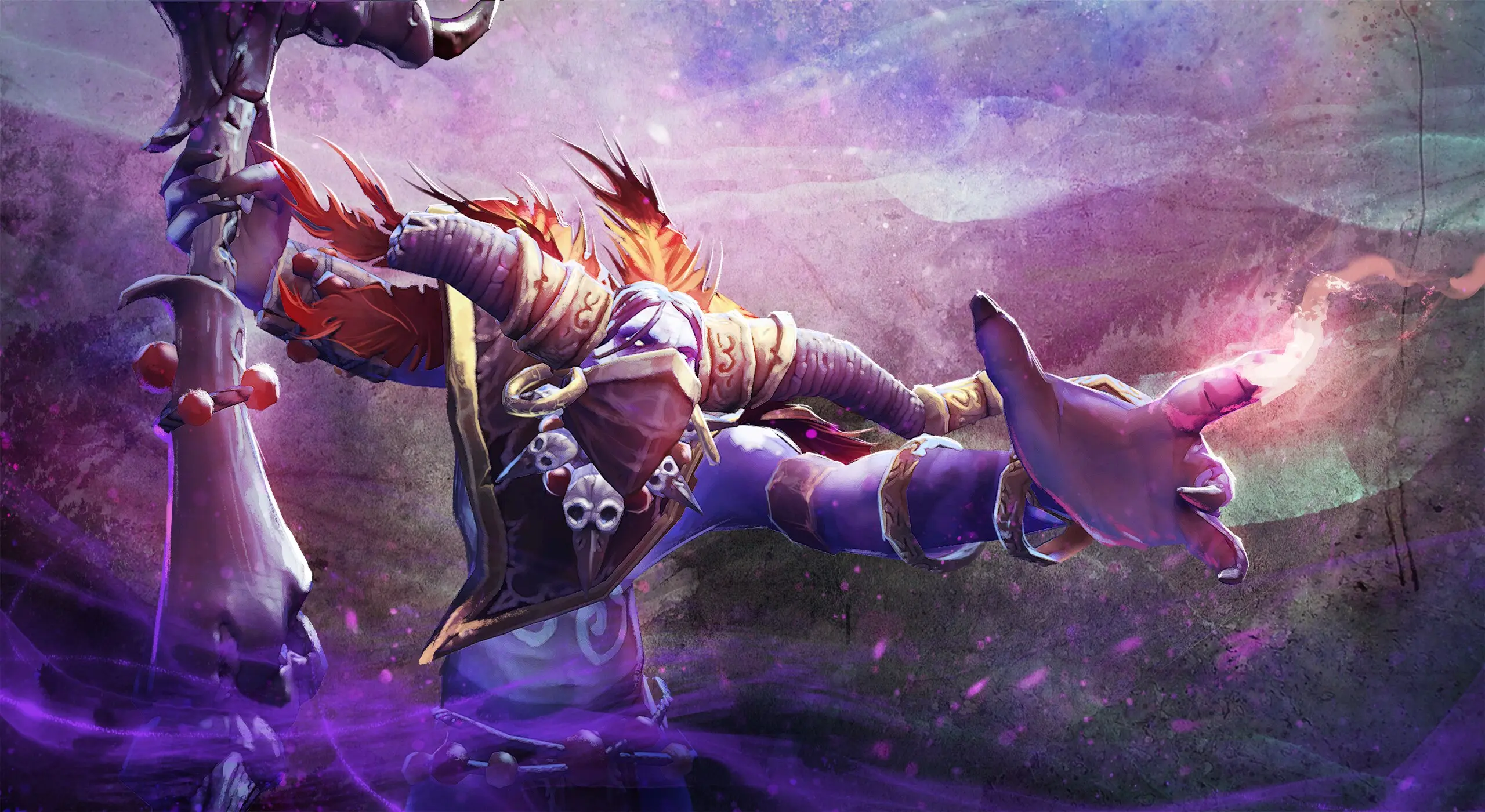
How to play Witch Doctor, the best hero in Dota 2 7.34
The Doctor is in.
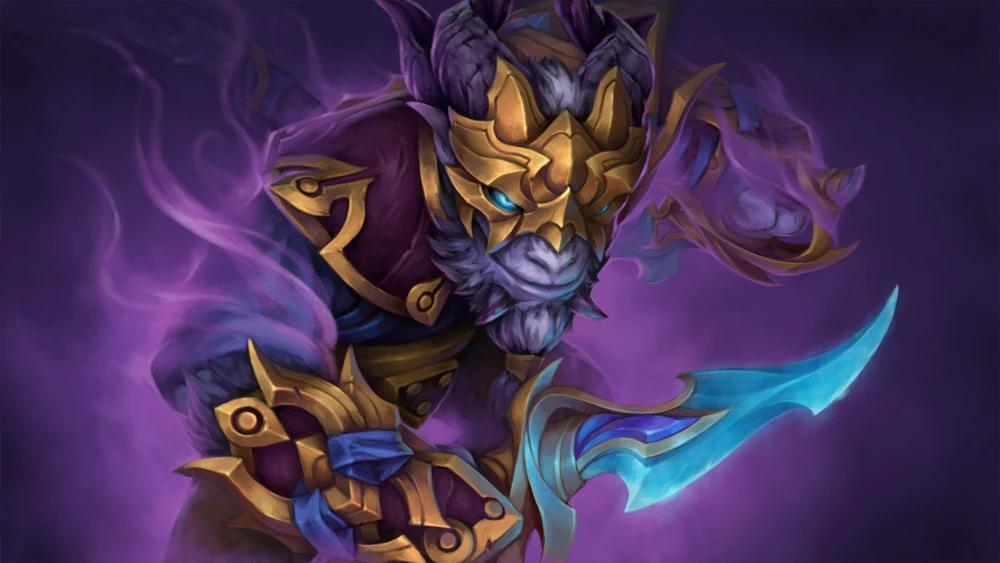
The new best heroes of Dota 2 7.34
Start queueing up sentries and Spirit Vessels.
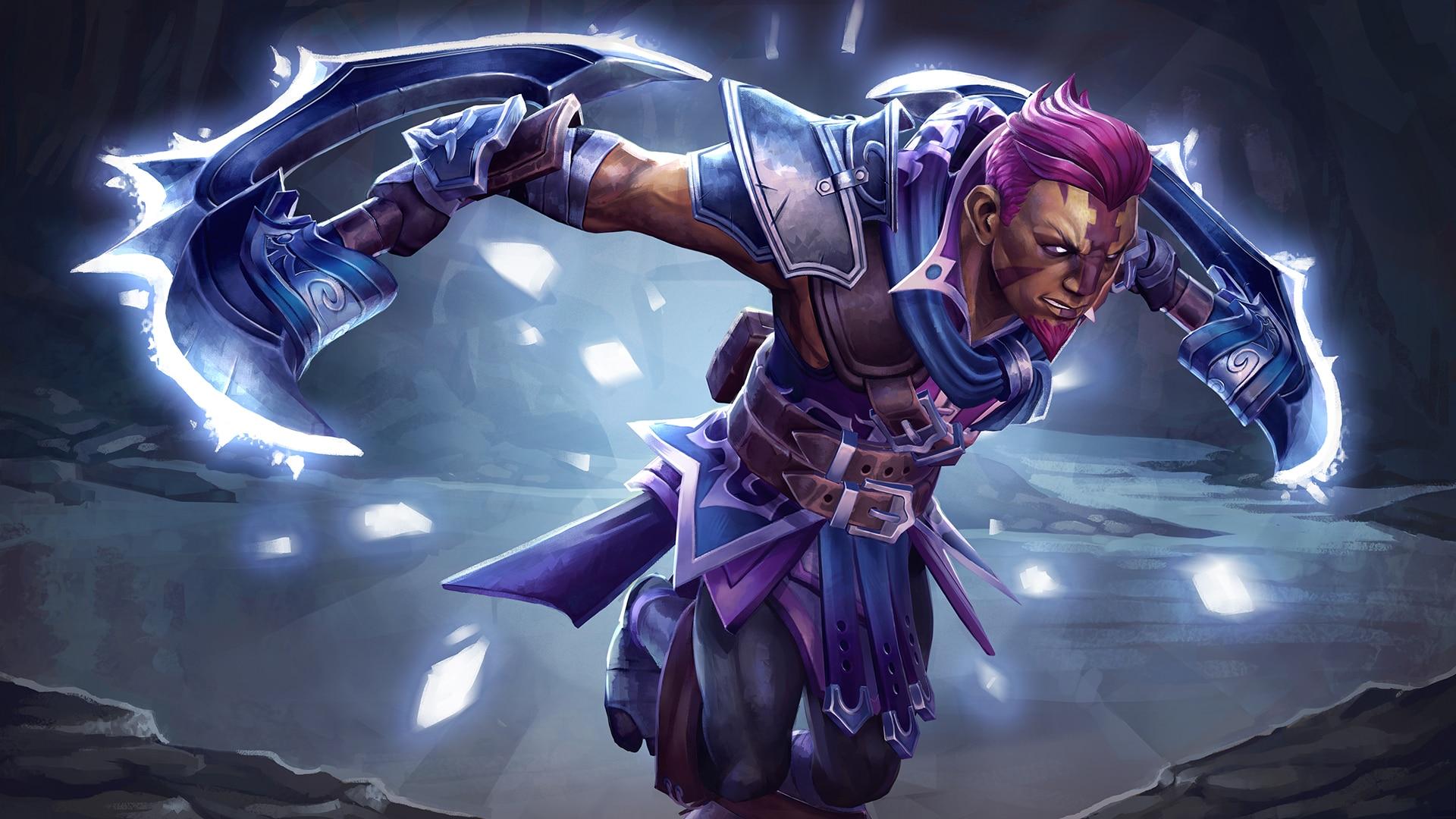
Dota 2 finally has a punishment for breaking items
If you want to BM, it’ll cost you.

